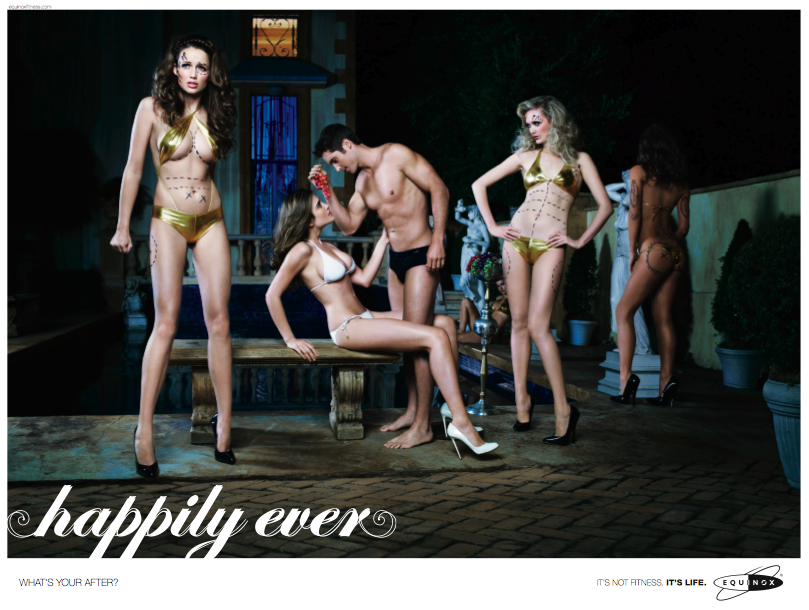Happy Graduation, Honey–Europe or Lipo?
“Kid, you’ll move mountains!
So…be your name Buxbaum or Bixby or Bray or Mordecai Ale Van Allen O’Shea,
You’re off to Great Places!
Today is your day!
Your mountain is waiting.
So…get on your way!” – Dr. Seuss
Graduation gifts used to include things like jewelry, a hi-tech gadget, a trip abroad, or maybe even a new car if that’s in the budget. These days, the question is, new breasts or a nose job, and which one is more appropriate as a graduation gift. When I was growing up, I was relentlessly teased, called every anti-Semitic name imaginable and even dreamed of having my nose reshaped into something less Jewish and more American. At the time, “Ethnic Rhinoplasty†wasn’t in vogue, and my delusional dream quickly lost its luster. A lot has changed over the years—these days it’s common to surgically refine or remove one’s ethnicity with plastic surgery. In some cultures, it’s even considered a rite of passage. The desire for teens to alter their looks isn’t new, though: In 2005, the NY Times wrote about the surge in Botox treatments among young adults. At that time, according to the American Society for Aesthetic Plastic Surgery (ASAPS),
People from ages 19 to 34 had 427,368 botox procedures; 100,793 laser resurfacing treatments; 128,779 injections of hyaluronic acid (Restylane or Hylaform); 29,160 eyelid surgeries; and 1,094 face-lifts.
Though recent studies show a drop in procedures, there is a still a desire to be wrinkle-free in an effort to defy the inevitability of aging. In fact, a new survey by ASAPS shows “more than half of all Americans regardless of income approve of plastic surgery.†As disturbing as it is, this trend of parents giving their grads the gift of surgical “enhancement,†is really part and parcel to this growing shift toward homogenization.
Certainly, for some teens, plastic surgery can be positively life-changing. For example: a child who’s subject to excessive teasing because of an severely misshapen ears may positively benefit from otoplasty; a burn victim can return to relative normalcy with appropriate plastic surgery; a breast reduction can allow a young girl to exercise without neck and back pain. On the other hand, what lies beyond what’s necessary for some is the skewed perceptions of beauty and perceived normalcy inadvertently thrust upon teens through social and mainstream media.  The innate dissatisfaction with how we look contributes to how we meet the world. To really illustrate this, we can look at the recent uproar that came about when a mother defended her decision to give her 8-year-old daughter Botox injections. Makes you wonder: What 8-year-old has wrinkles? Better yet, what 8-year-old is even aware of wrinkles?
Now, according to the American Society for Aesthetic Plastic Surgery (ASAPS):
Statistics gathered over the last several years indicate a decrease in the overall number of cosmetic (aesthetic) surgeries of teenagers (those 18 and younger) having cosmetic surgery, with nonsurgical procedures including laser hair removal and chemical peels being the most popular in 2010.
These statistics are both good and bad. I mean, the fact that less invasive surgeries are on the decline is certainly positive, but I am concerned about the remaining high numbers of girls seeking these procedures. We know teens are up against extraordinary pressure to look and be a certain way–some of it is normal adolescence–but when parents start giving their kids gift certificates for a new nose or new breasts, the lesson becomes less about self-esteem and more about trying to attain the pop-culture paradigm of perfection.
If we start by parenting our children with this idea that they aren’t enough, we end up sowing the seeds of self-hatred and dissatisfaction. Instead of laying a foundation of confidence and positive self-esteem, we end up paving a rocky road to negative behaviors, which inevitably contribute to disordered eating and eating disorders alike. This is a wonderful opportunity to look at what messages we are trying to give our kids. Growing up is tough; let’s not contribute to the social tyranny by fanning the fires of social awkwardness.
Bottom line? There are far more appropriate gifts for your teen than going under anesthesia and accumulating scars, no matter how small they are.
Originally posted at Visions Teen and revised for Feminist Fatale.
Image courtesy of Sarit Photography








